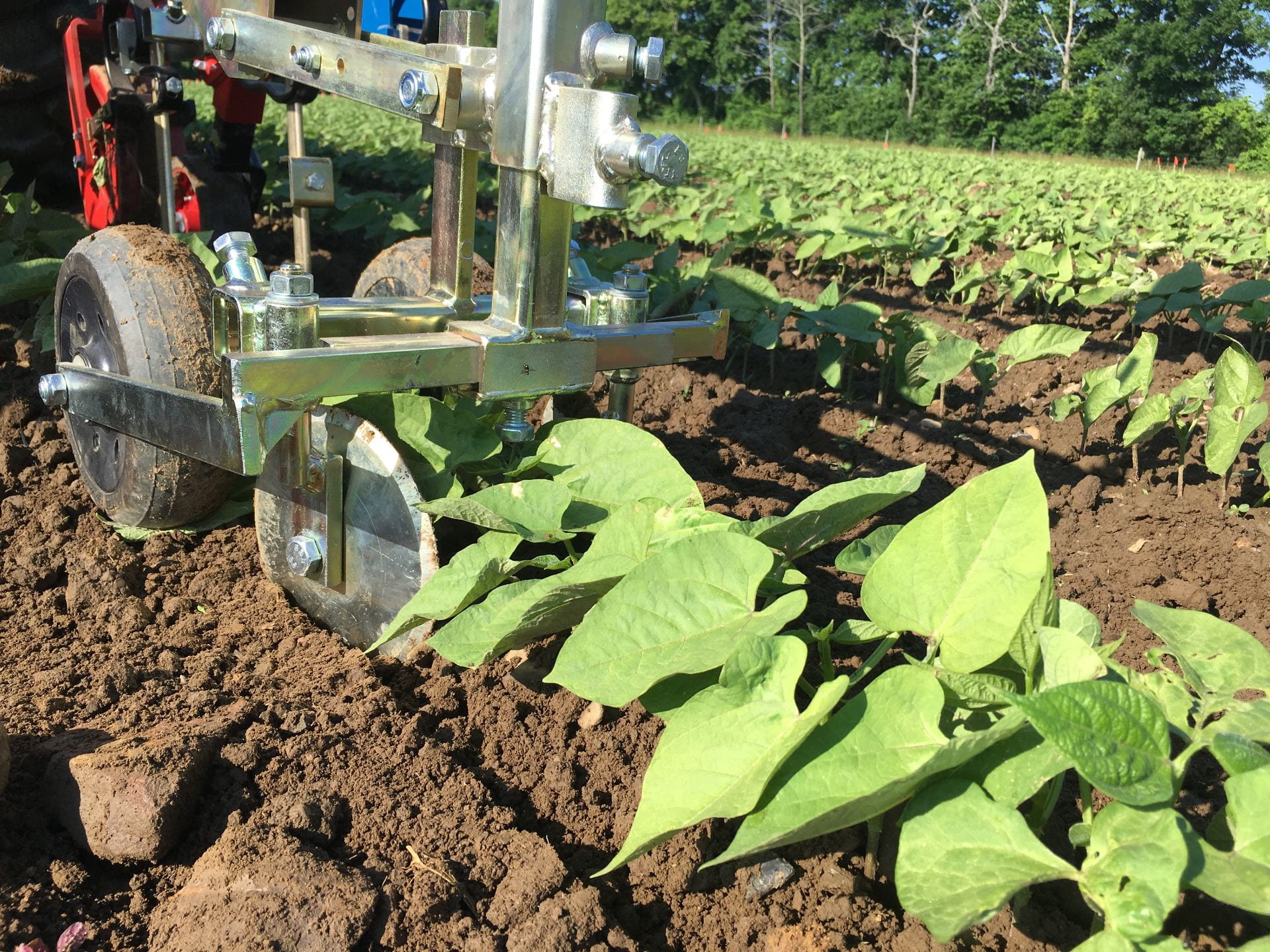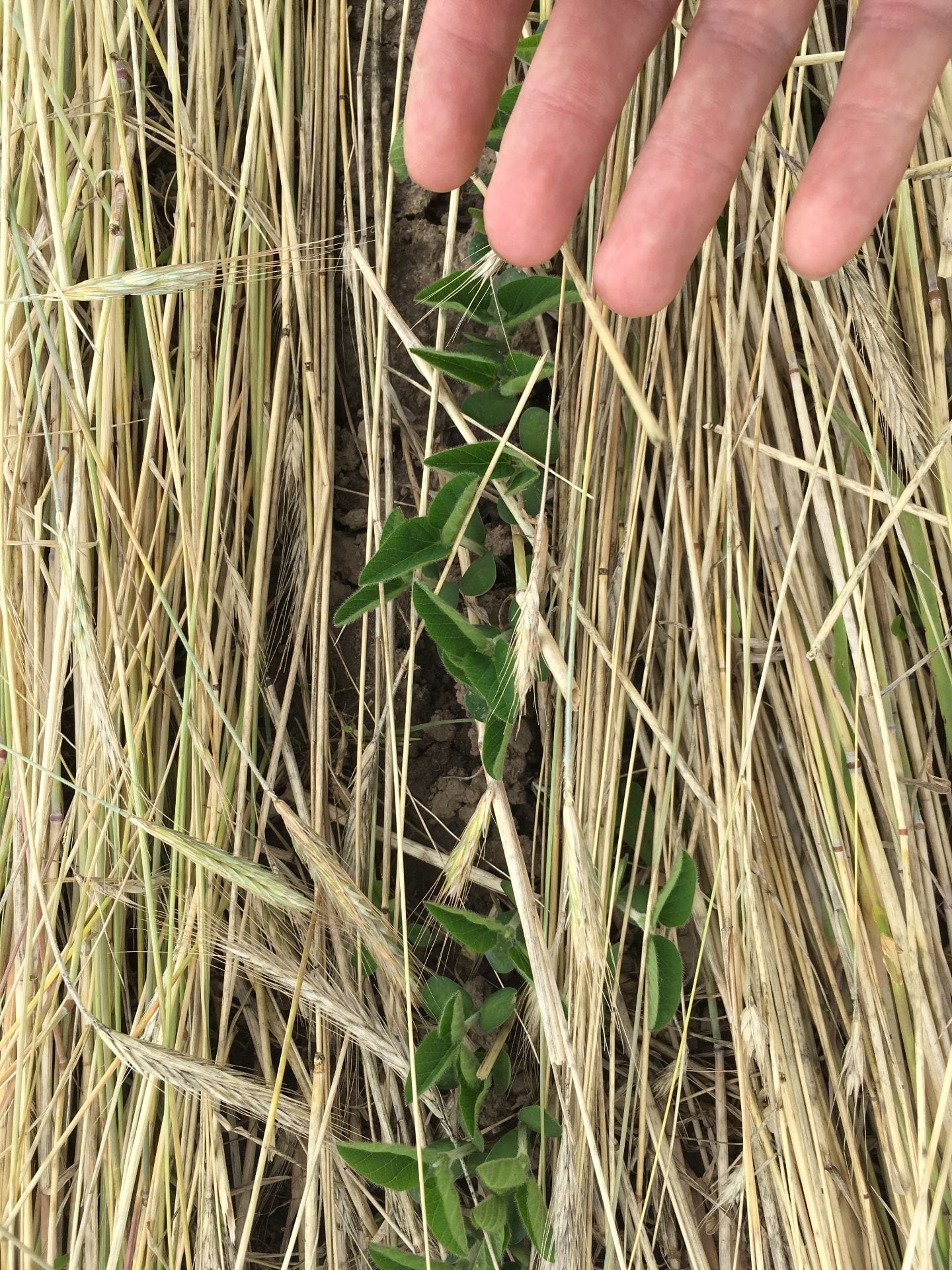Post by: Bryan Brown, Ph.D. Integrated Weed Management Specialist, New York State Integrated Pest Management Program, Cornell University

Many little hammers is a term that was coined by Matt Liebman and Eric Gallandt to describe how adding more weed control tactics – even if they’re less effective than herbicides – can have a powerful combined effect. It also provides insurance in case your main tactic fails, thereby minimizing the risk of crop losses due to weeds. And with less of a burden on any one tactic, it’s less likely that weeds will develop resistance.
A many little hammers approach uses every aspect of farm management as an opportunity to disadvantage weed seeds and weed seedlings. Examples include diversification of crops, enhancement of crop competitive abilities, manipulation of crop resources, seedbank depletion, mechanical and biocontrol of weeds, and tweaking of management based on the biology of the most problematic weeds present. Use of multiple herbicide modes of action could also be viewed as part of a many little hammers approach.

There are several challenges to integrating more control measures into a weed management plan. There are only around 20 commonly used herbicide sites of action to choose from. In trying new herbicides and new tactics in general, it may take time for growers to become familiar with them. Rather than being abruptly forced to diversify weed control measures in response to multiple herbicide resistant weeds, I regularly suggest that growers be proactive and start to add in some of these other tactics, both to delay the onset of resistance and be more prepared if an herbicide resistant weed population does take hold on their farm.
In addition to stressing to growers the importance of reducing the selection pressure on individual herbicides, I talk about how a many little hammers approach can improve weed control in general. Just as the additional herbicides in a tank mix act as “helpers,” other tactics can combine with herbicides to provide improved control. For example, tactics that reduce the weed seedbank also reduce the number of weeds that herbicides need to kill for acceptable control. Practices that improve crop competition in combination with mid- to late-season tactics, like cultivation or weed seed destruction, can reduce the impact of weeds that survived early herbicide applications. In other words, I say “attack weeds from every angle!” This encourages growers to think about their own operation and how they could cost-effectively tweak their management to improve weed control.

Such tweaks to management may require more thinking-time, but I’ve heard one grower say “it brings the fun back to farming!” And it can improve weed control and sometimes decrease spray costs. Expenses related to adding more tactics may be further offset by the benefits of these practices to other aspects of farm management. For example, diversified crop rotation and cover cropping have clear agronomic benefits in addition to weed control. Overall, the diversified weed management tactics of a many little hammers approach can be used to maintain or even improve the effectiveness of herbicides.
References
Liebman M, Gallandt ER (1997) Many little hammers: Ecological management of crop–weed interactions. In: Ecology in Agriculture (ed LE Jackson), 291–343. Academic Press, San Diego, USA.
This blog post was created from resources previously published with http://integratedweedmanagement.org/
